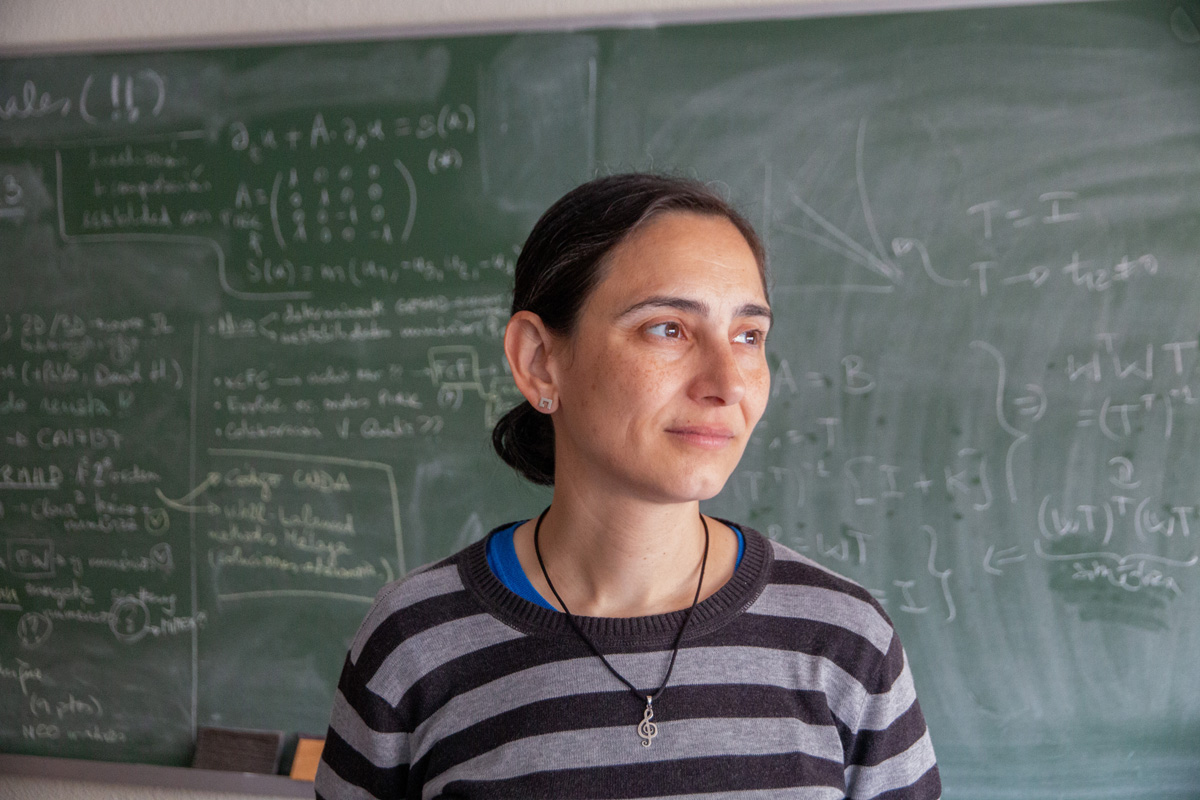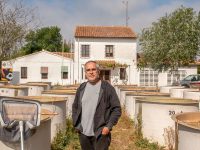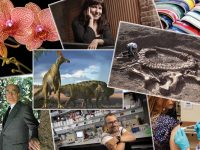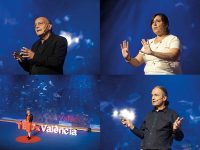Between mathematics and astrophysics
Isabel Cordero is a professor of Mathematics at the University of Valencia

My name is Isabel Cordero Carrión and I am currently a lecturer in the Mathematics Department at the University of Valencia. I started studying mathematics because I loved it, I understood it as a game, and when I was doing my degree I saw that I not only liked the abstract part, but I also liked using it as a tool in other areas, and in particular I looked at relativity and astrophysics.
I am mainly involved in research in applied mathematics and astrophysics, developing algorithms to solve partial differential equations, and I am also very interested in gravitational wave research. For some years now, I have been part of the VIRGO collaboration, which, together with our American colleagues at LIGO and our Japanese colleagues at KAGRA, forms a global network of gravitational wave observatories. I am currently the communications and outreach coordinator for the VIRGO collaboration, and it is very exciting because when something is observed, you are one of the first people to know about it. On the other hand, you have to work a lot, with strange schedules to coordinate with teams in different countries and time zones. We have a habit of observing in August and at Christmas, so we are at the observatory when everyone else is on holiday. But it is a luxury to be at the forefront of such a cutting-edge instrument, to be able to talk to people who are so good in your field and in other fields related to your research.
There is a pen and paper part to my research. I look at a set of equations, I look at their structure, I look at their properties… and I can understand the characteristics of this object, which are called equations. Once I am familiar with them, the next step is to try to solve them. To do that, I look at the methods that are already available, see what kind of difficulties there are in applying that method to those kinds of equations, and see if there are any improvements.
And then, once those methods have been developed, they have to be put into practice. The equations that I can do on my computer are very limited, but the more serious simulations take several days, weeks or even months in supercomputing centres. You have to send a proposal to these centres, and if they agree, you get some time to do the calculations. Then you send all the information, the code and what you want to do, and they give you back the data to analyse.
I love doing research at the cutting edge of science, and I find the combination of mathematics and astrophysics really exciting. It puts mathematical tools at the service of something that is measured, observed and real. In my research group there are people from physics and even from engineering, and I provide the mathematical perspective.
I enjoy outreach work and I believe that an educated society leads to a better life. Dissemination is necessary to form critical thinking based on data and arguments rather than beliefs or opinions. Besides, if you know what you are talking about and you are really passionate about the work you are doing, how can you not want to share it with others? On the other hand, I am a public worker, my salary comes from taxpayers’ money and I believe we should be accountable for how we use our time to teach, research and disseminate.





